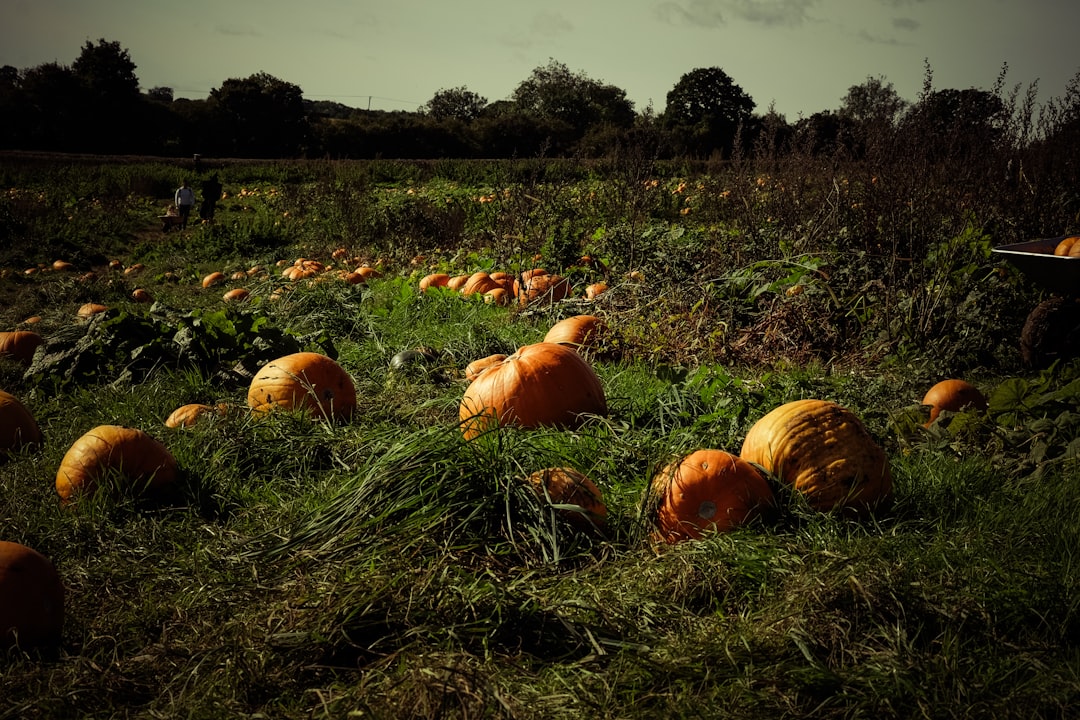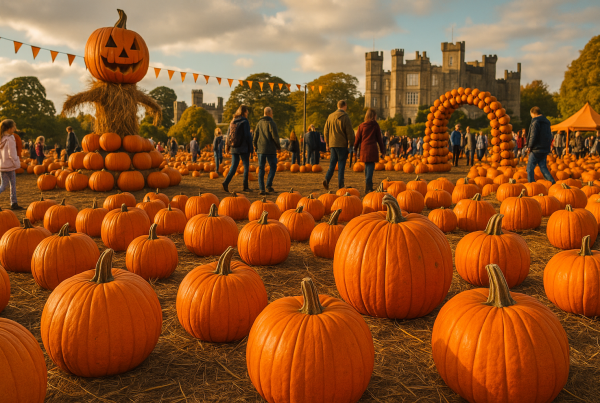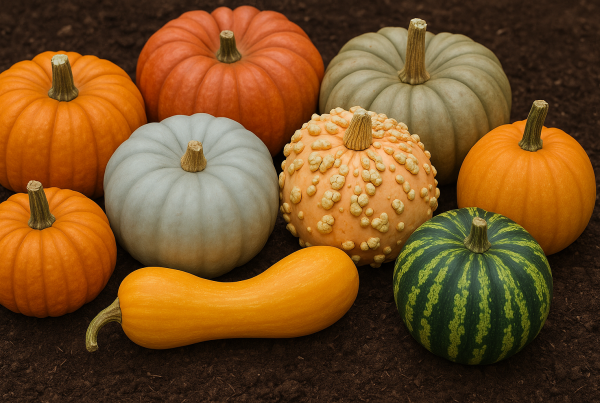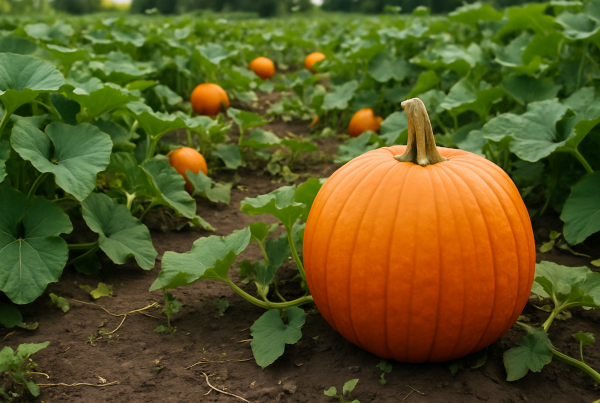Sustainable Pumpkin Practices: How to Enjoy and Preserve Pumpkins Beyond Halloween and Thanksgiving
Pumpkins are more than just festive decorations for Halloween or ingredients for Thanksgiving pies; they have a rich history and myriad uses that extend far beyond these seasonal celebrations. Originating from Central America, pumpkins have been cultivated for thousands of years, playing a significant role in various cultures and traditions. They belong to the Cucurbitaceae family, with the scientific name Cucurbita pepo, and their uses range from culinary delights to medicinal benefits. In this piece, we’ll delve into the fascinating pumpkin origin, explore what pumpkins were originally used for, and uncover sustainable practices to enjoy and preserve pumpkins well after the holiday season.
Sustainable Pumpkin Practices
Exploring Pumpkin Origins
Pumpkins have a fascinating history that dates back over 7,500 years to their pumpkin origin country, Central America. Originally, they were not the vibrant orange globes we recognize today. Early pumpkins were small, hard, and bitter, quite different from modern varieties. These ancient pumpkins were primarily used for their seeds rather than their flesh, answering the question of what were pumpkins originally used for. Indigenous peoples valued them as a reliable food source, rich in nutrients and easy to store. As pumpkins made their way to other continents, they were integrated into various cultural traditions and cuisines. The pumpkin scientific name and family, Cucurbita pepo, encompass a wide range of squash and gourds, highlighting their adaptability and significance in agricultural history. By understanding the origins of pumpkins, we can better appreciate their role in global cultures and commit to sustainable practices that honor their legacy.
Historical Uses of Pumpkins
Throughout history, pumpkins have served a variety of purposes beyond culinary uses. Native American tribes utilized every part of the pumpkin. The seeds, rich in oils, were consumed as snacks or crushed for their nutrients. The flesh was cooked in stews or dried for later use. Interestingly, early settlers in America adopted pumpkin as a staple due to its versatility and long shelf life. They crafted what would eventually become pumpkin pie by filling hollowed-out pumpkins with milk, honey, and spices before baking them in hot ashes. Additionally, pumpkins have played a role in traditional medicine. The seeds were used for their antiparasitic properties, and pumpkin pulp was applied to soothe skin irritations. These historical uses of pumpkins highlight their importance in survival and health. By acknowledging these practices, we can explore sustainable ways to integrate pumpkins into our lives beyond seasonal festivities.
Preserving Pumpkins Beyond Holidays
To make the most of pumpkins throughout the year, it’s essential to explore preservation methods that extend their life beyond holiday seasons. One effective way is to freeze pumpkin puree. Simply cook and mash the flesh, then store it in airtight containers or freezer bags. This maintains its nutritional value and flavor for future use in soups, sauces, or baking. Dehydrating pumpkin slices is another option. When dried, they make for nutritious snacks and can be rehydrated for cooking. Canning is also a reliable method, though it’s important to follow safe canning practices to prevent spoilage. Additionally, storing whole pumpkins in a cool, dry place can prolong their shelf life for months. By integrating these preservation techniques, we not only reduce waste but also ensure that we can enjoy the rich flavors and health benefits of pumpkins well beyond the typical Halloween and Thanksgiving celebrations.









